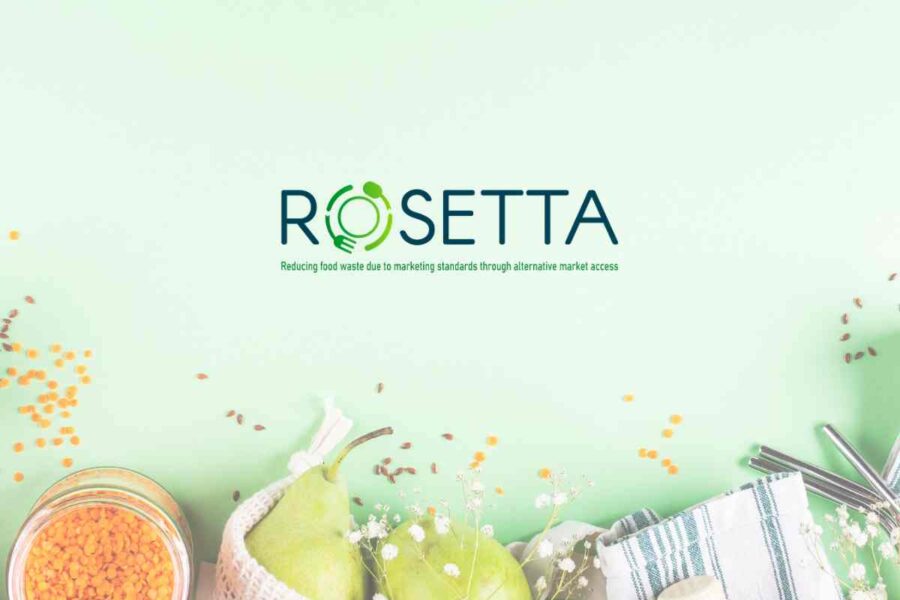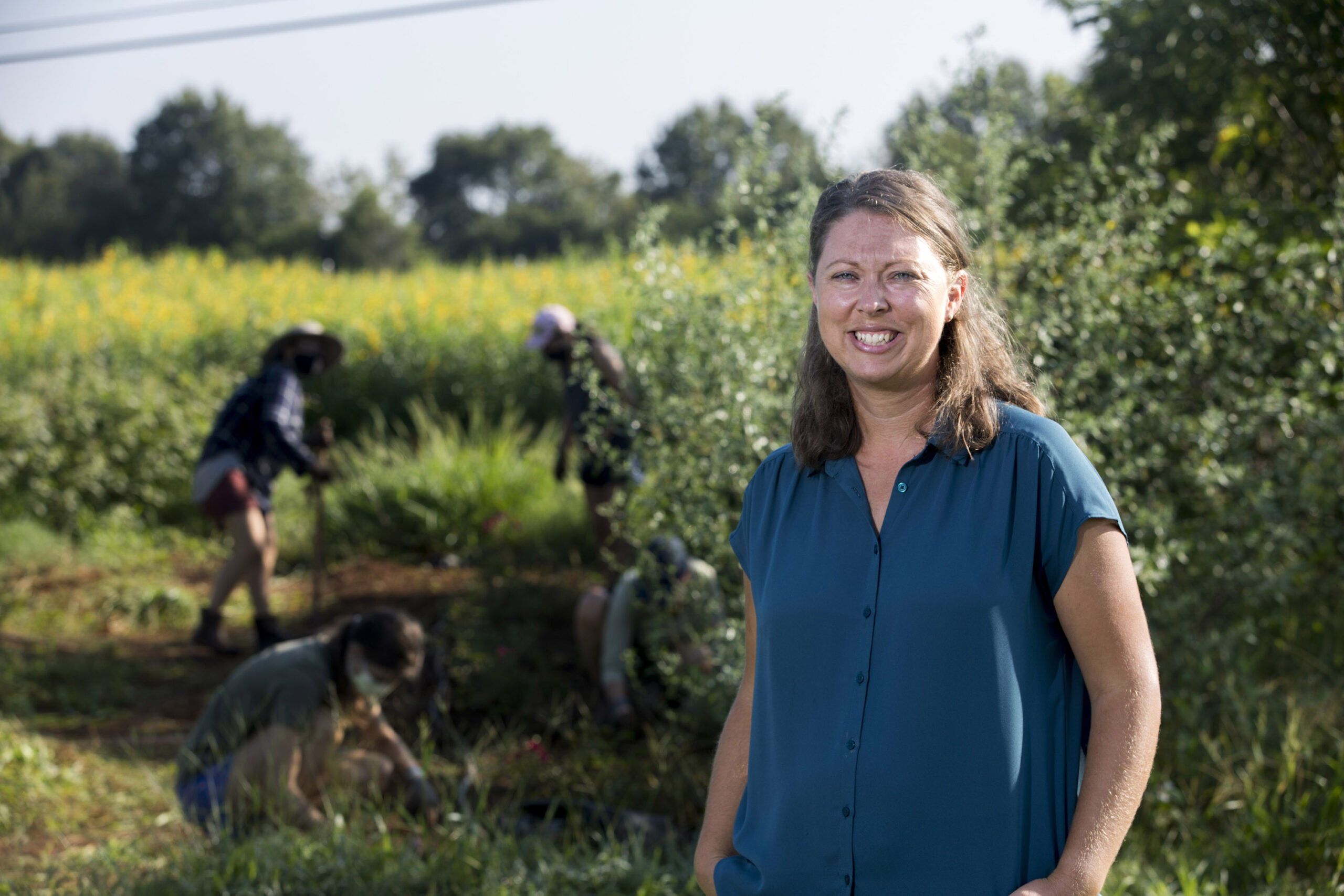Exhibition Report: The Future of Food and Sustainable Development Goals
Exhibition Overview
- Event: The Future of Food
- Venue: Science Museum, London
- Duration: September 2025 – January 2026
- Objective: To analyze the development of global food systems and their direct impact on planetary health, with a focus on achieving sustainability.
Core Themes and Alignment with Sustainable Development Goals (SDGs)
The exhibition directly addresses several key United Nations Sustainable Development Goals by examining the critical intersection of food, agriculture, and environmental stewardship.
- SDG 2: Zero Hunger & SDG 3: Good Health and Well-being: The event explores the fundamental structure of our food systems, questioning how they can be transformed to provide secure, nutritious, and sufficient food for all, which is the primary target of SDG 2.
- SDG 12: Responsible Consumption and Production: A central theme is the promotion of sustainable agriculture. The exhibition challenges visitors to consider how transforming production patterns and overcoming consumer prejudices can lead to more responsible and sustainable food systems.
- SDG 13: Climate Action & SDG 15: Life on Land: The exhibition places significant emphasis on the environmental consequences of food production. It investigates how dietary choices and agricultural practices affect the planet, directly linking the food industry to the urgent need for climate action and the protection of terrestrial ecosystems.
Key Questions Addressed in Relation to SDGs
- How can global food systems be redesigned to support the achievement of Zero Hunger (SDG 2)?
- What innovations and shifts in consumer behavior are necessary for the agriculture industry to align with Responsible Consumption and Production (SDG 12)?
- How does the environmental impact of our food choices affect progress on Climate Action (SDG 13) and Life on Land (SDG 15)?
1. Which SDGs are addressed or connected to the issues highlighted in the article?
-
SDG 2: Zero Hunger
The article’s central theme is the “future of food” and making the “agriculture industry… much more sustainable.” This directly aligns with SDG 2, which aims to end hunger, achieve food security, improve nutrition, and promote sustainable agriculture.
-
SDG 12: Responsible Consumption and Production
The text questions “how what we put on the plate affects the planet,” linking consumer choices to environmental impact. This connects to SDG 12, which focuses on ensuring sustainable consumption and production patterns.
-
SDG 13: Climate Action
The article is explicitly categorized under “Climate” and discusses the planetary impact of food systems. Agriculture is a significant contributor to climate change, making SDG 13 a relevant goal.
-
SDG 4: Quality Education
The article describes a “free exhibition at London’s Science Museum” designed to educate the public on food systems and sustainability. This initiative is a form of public education that supports SDG 4, particularly its focus on education for sustainable development.
2. What specific targets under those SDGs can be identified based on the article’s content?
-
Target 2.4 (under SDG 2)
This target aims to “ensure sustainable food production systems and implement resilient agricultural practices.” The article’s focus on making the “agriculture industry… much more sustainable” directly relates to this objective.
-
Target 12.8 (under SDG 12)
This target is to “ensure that people everywhere have the relevant information and awareness for sustainable development and lifestyles.” The “Future of Food exhibition” described in the article is a direct effort to increase public awareness and provide information on this topic.
-
Target 13.3 (under SDG 13)
This target focuses on improving “education, awareness-raising and human and institutional capacity on climate change mitigation.” The exhibition serves as a tool for raising awareness about how food systems contribute to climate change, aligning with this target.
-
Target 4.7 (under SDG 4)
This target aims to ensure all learners acquire knowledge for sustainable development. The museum exhibition is an informal educational platform that provides knowledge on sustainable food systems, directly contributing to this target.
3. Are there any indicators mentioned or implied in the article that can be used to measure progress towards the identified targets?
The article does not mention any explicit quantitative indicators or data. However, it implies several areas where measurement would be relevant to track progress:
-
Implied Indicator for Public Awareness (Targets 4.7, 12.8, 13.3)
The existence of the exhibition itself is an indicator of efforts in education for sustainable development. Progress could be measured by the number of visitors to the exhibition or through surveys assessing changes in public knowledge and attitudes towards sustainable food choices.
-
Implied Indicator for Sustainable Agriculture (Target 2.4)
The phrase “agriculture industry could become much more sustainable” implies a need for metrics to assess this transition. While not stated, this would involve indicators such as the carbon footprint of food production, water efficiency in agriculture, or the percentage of agricultural land managed sustainably.
-
Implied Indicator for Consumption Patterns (Target 12.8)
The reference to overcoming “food-related prejudices” suggests a shift towards more sustainable diets (e.g., alternative proteins). Progress could be measured through market data on the consumption of such foods or public opinion polls on their acceptance.
4. Summary Table of SDGs, Targets, and Indicators
| SDGs | Targets | Indicators (Implied from the article) |
|---|---|---|
| SDG 2: Zero Hunger | 2.4: Ensure sustainable food production systems and resilient agricultural practices. | Metrics on the sustainability of the agriculture industry (e.g., carbon footprint, water use). |
| SDG 12: Responsible Consumption and Production | 12.8: Ensure people have relevant information and awareness for sustainable development. | Public acceptance and consumption of alternative/sustainable foods; level of public awareness of food’s planetary impact. |
| SDG 13: Climate Action | 13.3: Improve education and awareness-raising on climate change mitigation. | Number of educational initiatives (like the exhibition) on climate and food; public understanding of the link between food systems and climate change. |
| SDG 4: Quality Education | 4.7: Ensure all learners acquire knowledge and skills needed to promote sustainable development. | Number of people reached by educational programs on sustainable development (e.g., exhibition visitor numbers). |
Source: cnet.com







